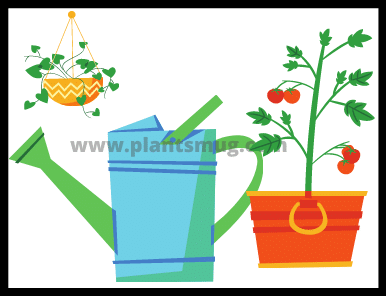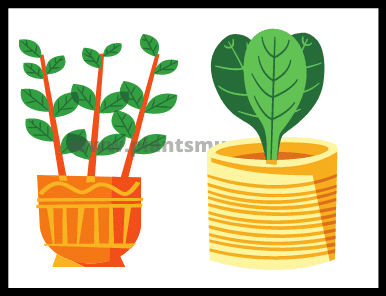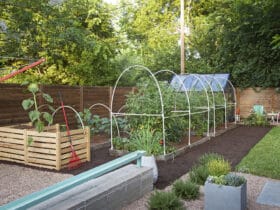Are you want to know how often to water indoor plants, so you can easily avoid the underwater or over water plant problem.
Before knowing how often to water indoor plants, firstly you have to understand that there are so many factors like when water is required for the plant, the size of the plan, what type of soil you are using, what is the temperature plants really needs to survive, etc?
Generally, most of the indoor plants, require water every 1-3 weeks but this is not enough you also have a good idea about plant variety, plant size, and another important factor that decides when your plants need water.
There is no doubt mastering how often to water indoor plants is not an easy task, you need a good amount of time to learn this skill, but don’t worry here you find some awesome insights that really help you to understand what is the right strategy of watering indoor plants.
How to know when to water indoor plants:
If you have no idea about when to water indoor plants, then you never resolve the water issue of the plant. So it is very important to understand what are the factors that decide when to water indoor plants.
1.Soil dryness:
Soil dryness really indicates when plants need water. The best way to identify the soil dryness, you just simply use your index finger and try to poke into the soil pot, if your finger is dug around 1 inch or more then you really have a clear idea about soil dryness.
2.Types of plants:
There are different parameters of water, how much amount of water needs by the plant also depends on what type of plants they are. Some plants prefer to grow in more wet conditions and some prefer to grow in dry conditions.
3.Moisture meter:
If you found there are a variety of plants is hard to understand what is the right amount of water they need. So to solve this problem easily, you use the moisture meter, so it helps you whether plants need water or not according to their moisture, if you found there is enough moisture, then there is no need, and if you found loss of moisture, then you water accordingly.
4.Weight of plant pot:
These are very common & most effective tips to know whether your plants need water or not. If you found that the weight of the pot plant is less than normal, it simply means they need water or if you found the weight of the pot is heavy than normal, then it means there is no need for water at this moment.
5. wilting or drying problem:
If you found that the leaves of the plant become dry and fall randomly, it shows that plants really need water. And if you found plants leaves is wilting that indicate that your plant may be facing over watering or under watering issue.
Also Read: Best Gardening Tips And Tricks For Beginners
Factors that impact how often to water indoor plants:
1.Temperature:
If your indoor plants grow at a higher temperature, then their evaporation rate is high in comparison to normal room temperature.
2.Size of the plant:
Generally, the large size of plants really needs more water in comparison to the small size of plants.
3.Humidity:
Humidity plays an important role to decide what amount and at what frequency plants need water. If the humidity is low, plants more frequent water & if the humidity is high so plants evaporation rate is slow & they needs.
4.Type of soil:
Soil also plays an important role in deciding after what time your plants needs water, some soil holds water for a long period of time and soil type of soil have the low capacity to hold the moisture.
Always remember the soil condition before watering the plant and monitor it regularly.
5.Size of pot:
The size of the pot directly or indirectly really helps to predict how often water is required for your plants. If you use a large size of the pot, they have the possibility of holding water & moisture for a very long time in comparison to the small size of the pot.
6.Air circulation & ventilation:
Ventilation or air circulation also responsible for deciding the evaporation rate of plants, if plants get enough amount of air circulation, they lose more amount of moisture or water very fast in comparison to plant that has a very less amount of ventilation because there is less evaporation rate.
Also Read: How To Develop A Vegetable Garden Successfully With Best 10 Steps








